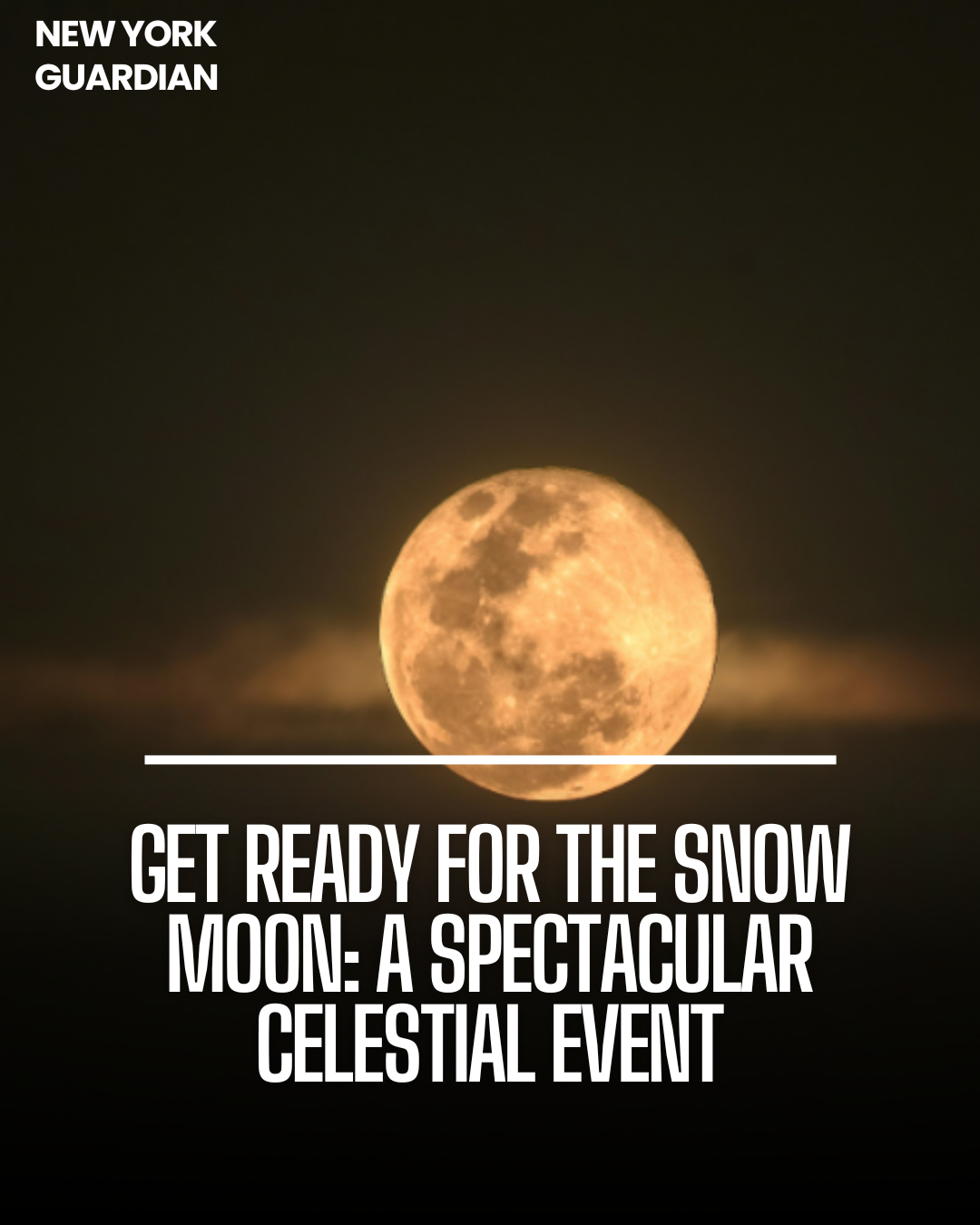While New York City may lack a snowy landscape this weekend, residents will have the opportunity to marvel at the Snow Moon, one of the 12 annual full moons that graces the skies each February.
The Snow Moon derives its name from Native American cultures, reflecting the heavy snowfall typically associated with February. This designation pays homage to the month’s status as the United States’ snowiest period, as the National Weather Service noted.
Other Names and Meanings:
Various indigenous groups and traditions have assigned different names to February’s full moon, such as the Hungry Moon and Storm Moon, reflecting themes of food scarcity and inclement weather during late winter.
These diverse appellations highlight the rich tapestry of cultural interpretations surrounding lunar phenomena.
Unique Characteristics of the Snow Moon:
This year, the Snow Moon will manifest as a “micro moon,” appearing slightly smaller than other full moons due to its position at the farthest point from Earth.
Observers can anticipate a celestial spectacle as the moon illuminates the night sky.
Optimal Viewing Opportunities:
Mark your calendars for Saturday, February 24, to glimpse the full Snow Moon. While its peak illumination may coincide with daytime hours in North America, enthusiasts can still enjoy its splendor by observing it shortly after moonrise, with the best viewing experience expected around 5:55 p.m. in New York City.
For an optimal viewing experience, look towards the eastern horizon around sunset, where the Snow Moon will gradually ascend, reaching its zenith around midnight. Embrace the serene beauty of the lunar landscape and immerse yourself in the wonders of the cosmos.
Anticipation for the Next Full Moon:
As the Snow Moon bids farewell, anticipation builds for March’s full Worm Moon, heralding the arrival of spring on the nights of Sunday, March 24, and Monday, March 25. Prepare to welcome the new season with another enchanting lunar display.





















